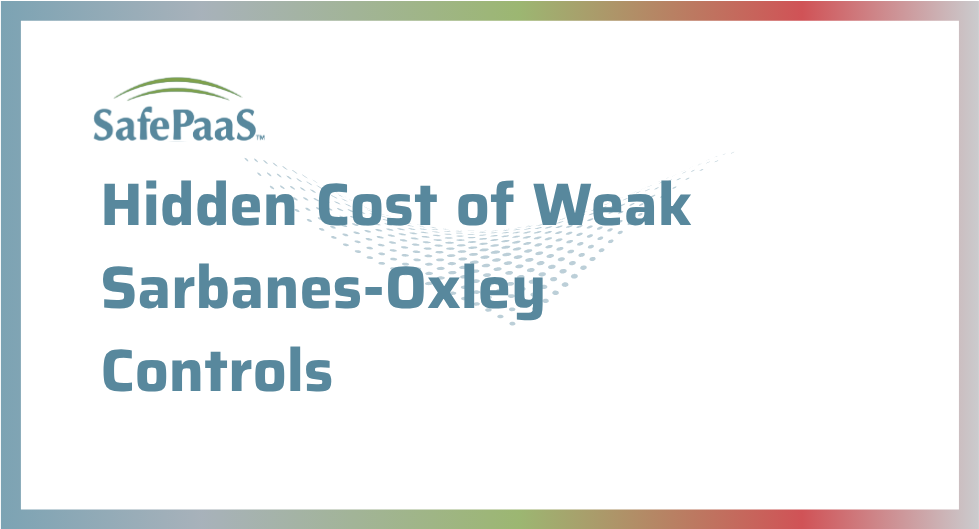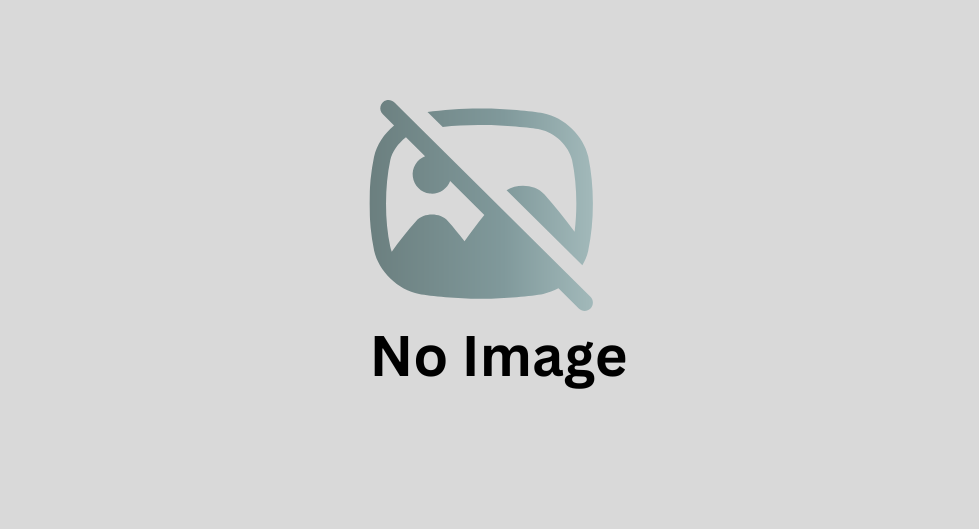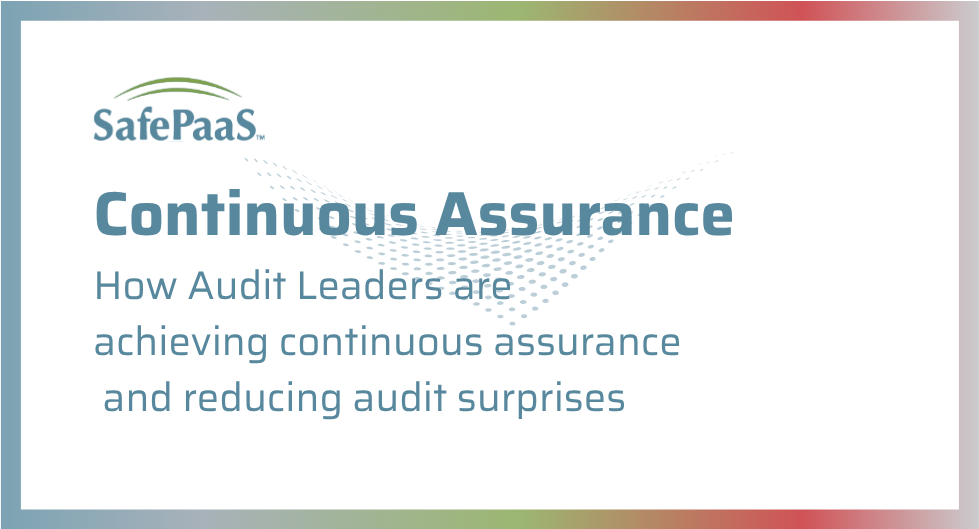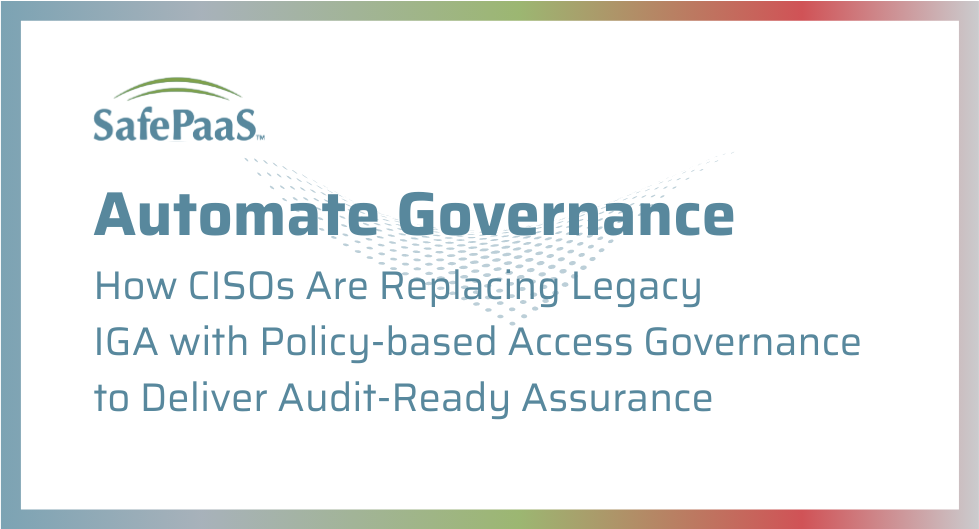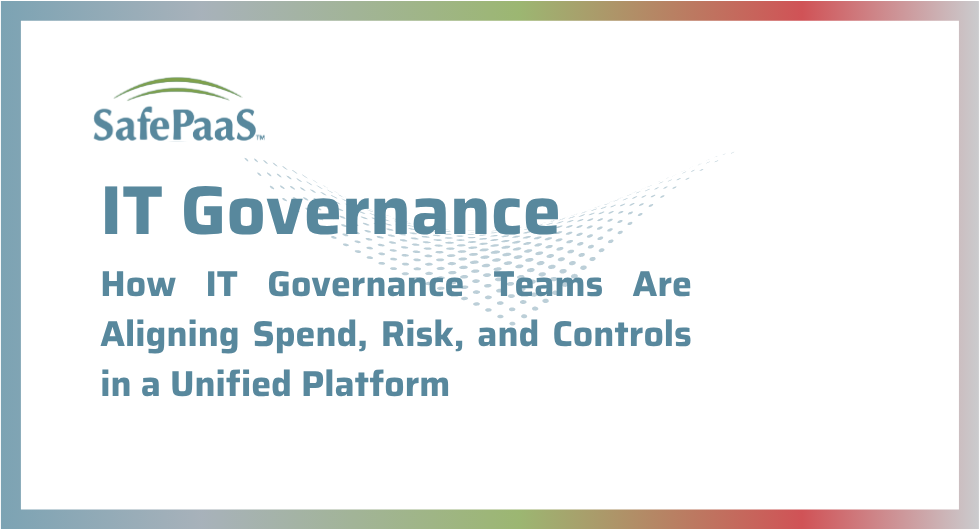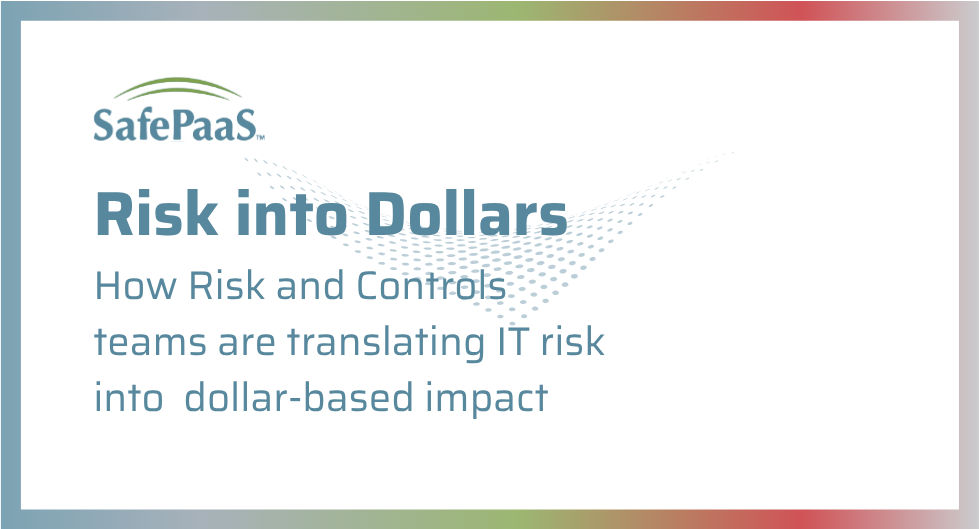Audits are unforgiving in this regulatory climate; every moment spent on manual SOX controls is a risk multiplier—risk of fraud, access breaches, and audit failure. Yet many enterprises still rely on outdated spreadsheets, manual evidence collection, and static reporting to meet standards that regulators now expect to be dynamic, digital, and continuous.
When compliance lags behind technology, enterprise risk grows exponentially. The speed at which modern finance and IT systems evolve makes manual assurance frameworks unsustainable. Regulators, auditors, and investors no longer accept annual attestations as proof of control effectiveness; they expect verifiable, real-time assurance embedded in business operations.
Executives cannot afford a reactive posture. As financial transparency directly affects market confidence, the integrity of Sarbanes-Oxley internal controls now defines not just compliance readiness but also brand reputation.
When Internal Controls Fall Short, Risk Takes Over
Sarbanes-Oxley controls were designed to protect investors and preserve trust in financial markets. But the complexity of today’s technologyscape—ERP sprawl, hybrid environments, identity silos—has eroded control reliability. Common pain points include:
- Manual testing that fails to capture exceptions across interconnected systems.
- Redundant ITGC audit procedures that delay close cycles and inflate audit costs.
- Hidden segregation of duties conflicts remain undetected until audit season.
- Inconsistent evidence collection that creates friction between Finance, IT, and Audit teams.
Recent industry analyses and compliance blogs highlight that most organizations still rely on manual processes for SOX control testing—manual sampling, document review, and periodic validation account for the bulk of key control assessments. Despite a shift toward automation, manual methods remain the norm for over half of SOX key control testing, prolonging audit cycles and increasing compliance risks. Unsurprisingly, those same organizations experience higher rates of audit findings, delayed certifications, and financial statement restatements compared to those adopting control automation and continuous monitoring.
From Manual Burden to Continuous Assurance
Automation transforms Sarbanes-Oxley internal controls from a compliance cost center into a real-time governance engine. When controls are continuously validated and monitored across ERP, HR, and financial systems, audit quality improves, risk visibility expands, and cross-functional alignment strengthens.
Modern solutions unify processes once managed in isolation: ITGC audit management, segregation of duties analysis, and SOX compliance for IT systems all operating under a single governance framework. Continuous testing replaces static sampling. Policy enforcement becomes automated. Every exception is detected and remediated before it reaches the auditor’s report.
CFOs and Chief Audit Executives leveraging automation report significant operational benefits—shorter audit cycles, fewer external dependencies, and greater confidence in their control environments. It also enables Risk and Security leaders to extend SOX frameworks into broader enterprise governance models, connecting financial integrity with cybersecurity and identity control.
Elevating SOX from Compliance to Command
Sarbanes-Oxley compliance has always been about assurance, but its next evolution is about agility. Embedding controls directly within transactional systems ensures every entitlement, approval, and journal entry aligns with corporate governance policies. By integrating continuous monitoring into identity and access management architectures, organizations gain immediate insight into whether critical controls are functioning as designed.
This proactive model prevents fraud and minimizes remediation workload by identifying issues as they occur, not months later in an audit cycle. The result is not only a leaner compliance process but a more resilient enterprise capable of adapting to new standards, mergers, or regulatory changes without losing control integrity.
The Strategic Imperative for Automation
Automated Sarbanes-Oxley controls deliver measurable business impact:
- Up to 60% reduction in manual control testing time.
- 40% lower audit costs through evidence centralization and reuse.
- Elimination of redundant ITGC audit cycles across multiple systems.
- Continuous enforcement of segregation of duties policies across ERPs and cloud platforms.
These gains are not theoretical—they are fast becoming the baseline for effective governance. Analysts and audit committees increasingly consider automation maturity an indicator of enterprise reliability and leadership readiness.
The Future of SOX is Continuous, Intelligent, and Integrated
The pace of digital transformation demands a new approach. Manual control reviews cannot keep up with system changes, role modifications, or continuous deployments across cloud environments. True SOX compliance for IT systems must therefore integrate identity governance, risk analytics, and operational monitoring into one cohesive model of oversight.
Continuous control assurance allows organizations to shift from documenting compliance to commanding it—achieving real-time transparency into who has access to what, how transactions flow, and whether financial data is being protected at every step.
The next frontier of Sarbanes-Oxley control management isn’t about meeting deadlines—it’s about redefining control standards for an always-on enterprise. Boards and CFOs who embrace continuous control automation are not just mitigating risk; they are building an operational blueprint for trust at scale.
Every enterprise now faces a choice: maintain a reactive compliance posture or take command through continuous risk visibility and integrated governance. The leaders who choose the latter will define the next generation of corporate resilience and investor confidence.
Request a SafePaaS demonstration and see for yourself how unified controls automation transforms SOX compliance into a strategic asset.
